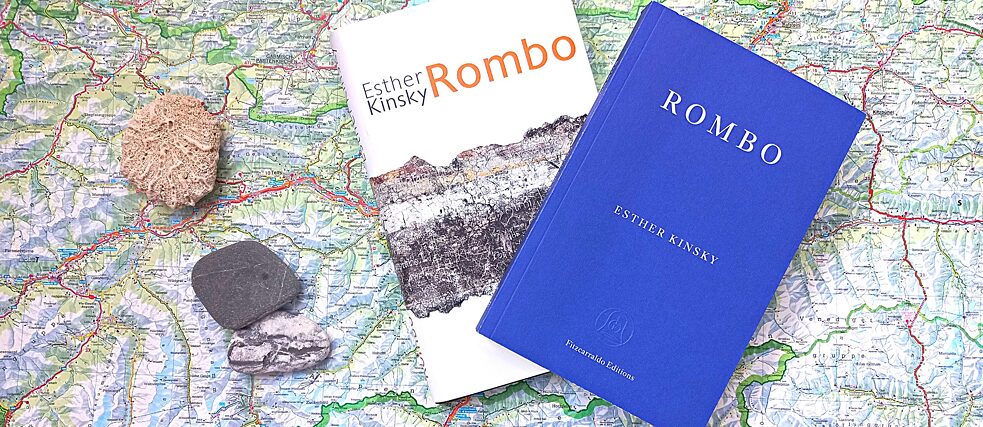March 2023
Esther Kinsky: Rombo

Rombo, Esther Kinsky’s fifth novel, has echoes of Sarah Moss in its precise language and detailed depictions of the natural world.
My decision to write about Esther Kinsky’s new novel, Rombo, was taken at the very start of February 2023, mere days before a devastating earthquake struck Turkey and Syria. There was, suddenly, a heart-breaking parallel between the novel on my nightstand and news bulletins pinging into my phone. It seemed both eerie and sadly significant to be reading about how trauma can work its way into a landscape, the negotiation of new terrain both emotional and geographical.
In May 1976, an earthquake of magnitude 6.5 struck the region of Friuli in north-eastern Italy, killing almost 1,000 people and displacing hundreds of thousands more. It was preceded, as earthquakes often are, by an unearthly silence that soon gave way to a guttural roar: il rombo. The seven narrators of Kinsky’s book, all children at the time, will remember this sound for the rest of their lives; it features prominently as they recount the events before and after the quake, in stories that interweave and coalesce to build a picture of a now-lost community.
Rombo (tr. Caroline Schmidt) is Kinsky’s fifth novel and a work of precision beauty that put me strongly in mind of Sarah Moss – particularly more recent works such as Summerwater. Kinsky’s meticulous use of language and polyphonic structure are the hallmarks of this novel; also like Moss, her keen observation skills offer us an unusual perspective on the natural world and how humans interact with it. The dangers are evident, not just in the movement of tectonic plates and looming mountains (side stories, of which there are many, more than once concern a hiker slipping to their death), yet Rombo is at heart a love letter to the planet, a celebration of wonders large and small.
The novel’s human voices – Toni, Anselmo, Mara, Olga, Silvia, Gigi and Lina – seem almost secondary in comparison to the unseen, omniscient narrator who uses short fragments to create a textual portrait of the world. In one section it describes a series of plants, elsewhere, the formation of mountains. Snakes feature prominently as both vaguely threatening and highly vulnerable creatures; folklore, myth and local legend spring from the very stones on which Kinsky often concentrates. Later still, these in-between chapters describe black-and-white photos, ‘finds’ that capture fleeting moments of forgotten significance.
This technique is reminiscent of Sebald (indeed, Kinsky was awarded the inaugural W. G. Sebald Prize for writing on ‘memory and remembrance’) and what makes an all but plot-less novel sing: come here for clean, beautiful language, not a gripping storyline. Compact and tightly written, Rombo unfurls regularly into moments of startling grace, a lyricism that fixes precisely the movement of a snake across sun-baked earth, a flower’s fragile scent, the jagged outline of a mountain against a darkening sky. Elegantly translated by Schmidt, Rombo is a hymn to human lives and community, a novel that delights in but also seems fearful of the power lurking beneath the earth’s crust – something so much bigger and more lasting than any of us..
About the author
Eleanor Updegraff is a committed bookworm with a particular penchant for literature in translation. She makes her living from words in all forms: as a ghostwriter, German–English translator, copy-editor and book reviewer, and author of short stories and creative non-fiction. She grew up in the UK and has lived in Austria in 2015, where she’s often to be found in a coffee shop or running around a lake.Reserve the original German title of Rombo in our Glasgow library.
E-Library: Borrow the original German title of Rombo digitally.
Find out more about the blog.
Book Blog Overview